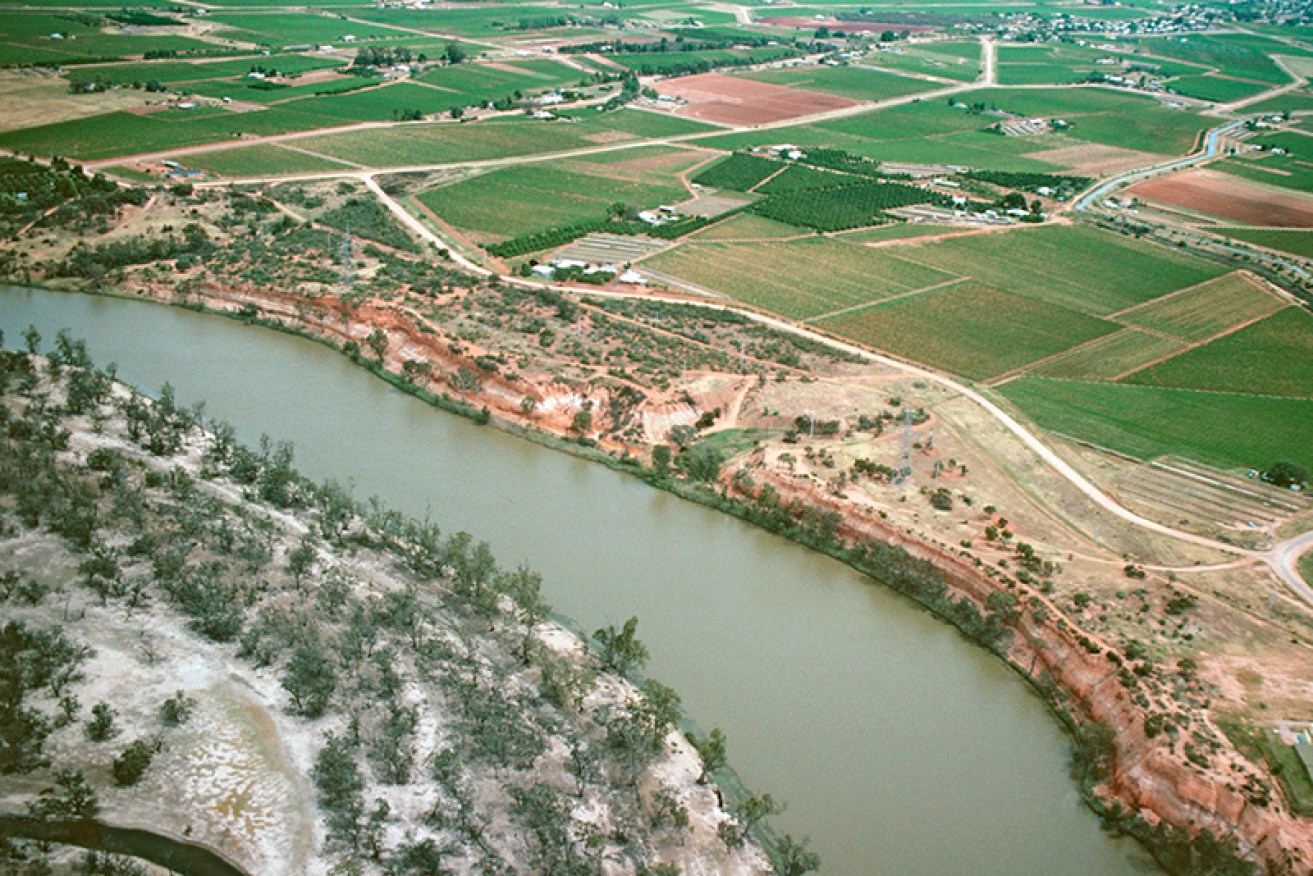The great rate disparity in these twin towns

AAP
Municipal rates are one of the fastest-growing government rip-offs in states like Victoria and Western Australia, but they have been left out of the discussion in the national taxation debate.
Victorian councils are now collecting almost three times as much in rates as they did in 2003. Ratepayer groups fear recent moves by the state government to restrain future increases might achieve little.
The sorry tale of Victoria’s rates explosion is perhaps best explained by comparing what average homeowners pay each year in major towns along the border with NSW.
Albury and Wodonga might be known as the ‘Twin Towns’ but residential landowners in the Victorian municipality feel like they’re a world apart when their annual rate assessments arrive in the post.
• Local councils gouging on rates
• Polls don’t faze me: Shorten
• PM’s new ministry sworn in
On average, Wodonga ratepayers cough up at least $700 more than their NSW neighbours to oil the wheels of their local council.
For more than a decade, The City of Wodonga has been one of the highest-taxing local governments in Victoria (and the nation), and it this year levied average rates and charges of $2258 on ratepayers.
The town’s rates are the fourth most expensive in Victoria, having more than doubled since 2002/3 when the municipality was one of only two councils to levy total rates and charges above $1000.
Recent population growth in the town means that the annual take from council rates and charges has almost tripled since 2002/3 to $38 million.
Although the 2014/15 rates data is not yet available for NSW municipalities, over the Murray in Albury, homeowners have consistently paid lower rates over the last 20 years.
In 2013/14, Albury council levied average rates and charges of $1353 on around 21,000 ratepayers, while Wodonga, on average, slugged its residents a hefty $2107.

A Wodonga ratepayer spokesperson says the council has revealed so little information about public art, they could end up with a statue of Marilyn Monroe. Photo: Getty
This disparity has sparked a backlash from Wodonga residents who are now agitating for their council to rein in spending and to address lingering bank debts of $27 million.
Ian Deegan, a spokesman for the newly formed Wodonga Ratepayers Association, says the community is sick of paying for questionable projects, including $1 million earmarked for several sculptures that the council wants to erect permanently in heart of the town.
“We don’t know whether they want to use that money for a for tin-man or a railway carriage or even a sculpture of Marilyn Monroe – no-one is telling us,” Mr Deegan says.
“We would like the council to return to basics – improve our roads, get our debt down and reduce rates.”
NSW knocked off its ratepaying pedestal
The spiralling cost of owning a rateable property in Wodonga is symptomatic of a 20-year trend that has seen Victorian councils overtake their NSW counterparts as the nation’s biggest rate collectors.
In 1999, Victorian councils harvested around $1.4 billion in rates and charges from property owners while NSW local governments collected slightly more than $2 billion.
However, in the 12 months to the end of June 2014, the rates take of Victorian councils had blown out to more than $4 billion, while NSW ratepayers were handing over $3.79 billion.
That might surprise most people because there are many thousands more ratepayers in NSW and the stock of residential and commercial land across the state is larger and more valuable than in Victoria.
Since the mid 1990s, the Victorian government has virtually allowed local governments to arbitrarily set rate increases, whereas the NSW Government has imposed stringent caps.

Victorian Premier Daniel Andrews has moved to limit council rate increases in his state. Photo: AAP
Ratepayers’ associations are skeptical about whether rate capping reforms introduced by the Victorian Labor government to tie rate increases to inflation will put an end to rate gouging by councils.
Already, 21 of Victoria’s 79 councils have signalled they want to boost rates by more than the 2.5 per cent annual cap prescribed by the state government.
The three councils most likely to encounter resistance from ratepayer advocates are Ballarat, Melbourne and Maribyrnong, which each this year issued average assessments for rates and charges at above $2000.
Growing anti-council sentiment
VRA spokesman Dr Chan Cheah believes an era of deregulated rate-setting imbued councils with a bloated sense of their political power and contributed to a disconnection from local communities.
“The local government sector has been deregulated for too long and has become inefficient and detached from the communities they are meant to represent,” he says.
“Councils love the autonomous comfort zone that rate gouging have given them and strongly resist any attempts to break the way they operate.”
Dr Cheah says ratepayer activism is intensifying across the state.
Since 2012, the number of regional ratepayer groups affiliated with the VRA has increased by 40 per cent.










